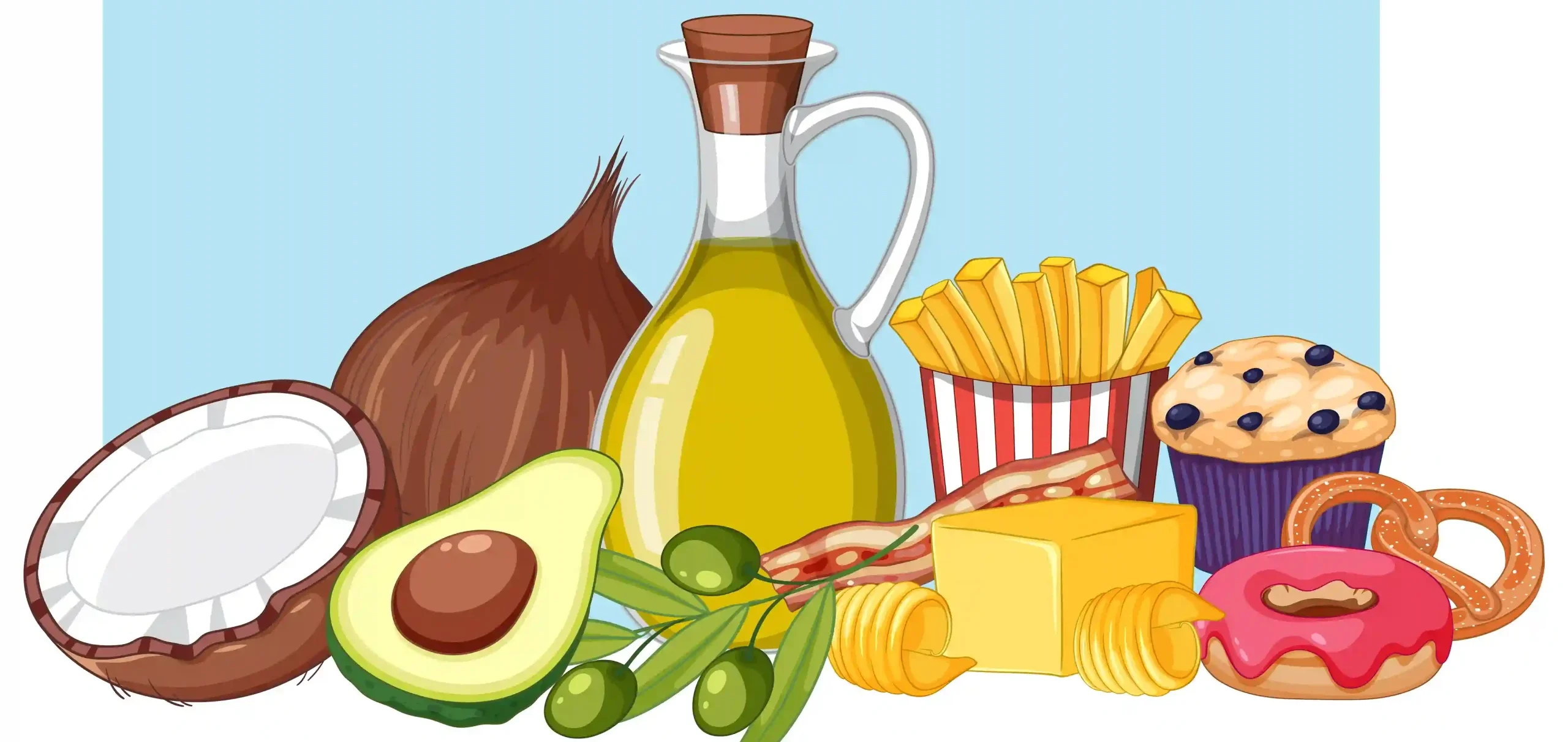Ester Value (EV)
Definition of Ester Value (EV): The ester value is the number of milligrams of potassium hydroxide (KOH) required to saponify the esters in 1 gram of fat or oil. Significance Ester Value (EV): Provides information on the amount of esters (triglycerides) in the fat or oil, which indirectly reflects the presence of free fatty acids … Read more








